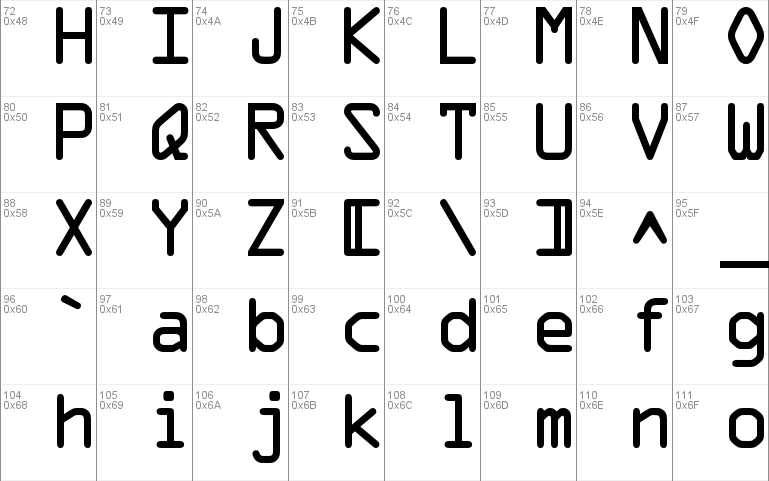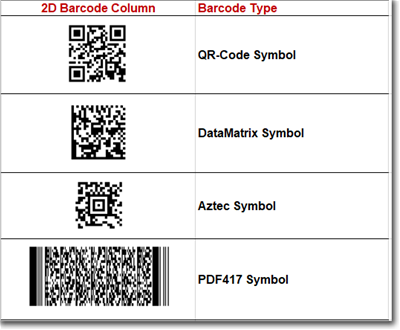
In recent years, a number of mobile OCR applications have been introduced to the market, to enable quick text access “on the go”. In addition, we took multiple measurements that shed light on various aspects of the process of accessing a document as mediated by a camera.ĭocument scanners coupled with OCR and text-to-speech have been used successfully by many blind people to access printed text.

We also studied the effect of font size on one’s ability to complete a proper image acquisition task. We investigated whether experience with system interaction could actually help blind persons improve their proprioceptive skills, which are necessary for efficient use of a camera without sight. We asked whether and in which situations a properly designed guidance modality could accelerate the process of acquiring an OCR-readable image of a document. Several hypotheses were tested in these experiments. Although the two studies were similar in purpose, they contributed different types of knowledge about the challenges of using mobile OCR without sight, and about the opportunities provided by computer vision algorithms coupled with an appropriate user interface. The two experiments were designed to validate similar hypotheses, but with rather different apparatuses. This article describes two experiments conducted with the purpose to study how blind people can use mobile OCR apps to access printed text, and the extent to which system interaction can simplify this process. Prizmo (when run with VoiceOver enabled) provides a simple guidance mechanism, with directions such as “Up” or “Left” uttered by synthetic voice. The “Field of view report” generated by the KNFB Reader app (which describes the position and orientation of the camera relative to the document) could be considered as a simple example of this modality. In addition, the system could produce non-visual directions to help the blind user re-orient or move the camera so as to take a better picture of the document.

In a similar fashion, Prizmo 2 and KNFB Reader 3 analyze the stream of images acquired by the camera in real time, to detect whether all four edges of the document are visible. For example, Text Detective 1 lets the user move the smartphone in front of the document, while the camera continuously takes images at a relatively high rate each image is analyzed by a fast text spotting algorithm, and as soon as the presence of readable text is detected, the image is sent on to OCR processing. Some OCR apps provide accessibility tools that facilitate acquisition of well-framed, OCR-readable images by blind people. Clearly, this problem is much more acute for blind persons, who are unable to see the smartphone’s screen. For example, banking apps that allow for check deposit using the smartphone camera normally provide indications through visual means (e.g., showing fiducials on the smartphone’s screen) that help the user correctly frame the check. In fact, even sighted people sometimes have problems correctly framing a document with a camera. Lacking visual feedback, these situations may occur quite commonly, reducing the usability of this otherwise tremendously useful tool. Similarly, the smartphone may be mistakenly held sideways with respect to the document, or oriented at the wrong angle. For example, a blind user of these apps may take pictures that are too far from the document, resulting in poor resolution, or too close, in which case the text may be cropped by the camera’s viewport. This is something that can be difficult to obtain without sight. This is because OCR requires a well-framed image of text at good resolution to produce meaningful results.
Yet, a mobile OCR system that works perfectly for sighted people may be difficult to use by a blind individual. The processing power of modern smartphones, the excellent imaging characteristics and high resolution of smartphone cameras, and the maturity of OCR algorithms, enable mobile OCR reading at a quality that is becoming comparable to that of traditional flatbed scanners. These apps enable on-the-go access to printed documents such as restaurant menus, bills, signs on a door or on a wall, class handouts, etc. But please give this the Github repo a ⭐ and write a small comment of how you are using JsBarcode in the gitter chat.A number of Optical Character Recognition (OCR) mobile phone apps specifically designed for blind users have recently appeared on the market. This means you can modify and use it however you want, even for comercial use. JsBarcode is shared under the MIT license. If you have any question or suggestion create an issue or ask about it in the gitter chat.īug reports should always be done with a new issue.

If you want to contribute, please check out the CONTRIBUTING.md file.
OCR FONT SIZE UNDER BARCODE HOW TO
serializeToString ( svgNode ) Options:įor information about how to use the options, see the wiki page.


 0 kommentar(er)
0 kommentar(er)
